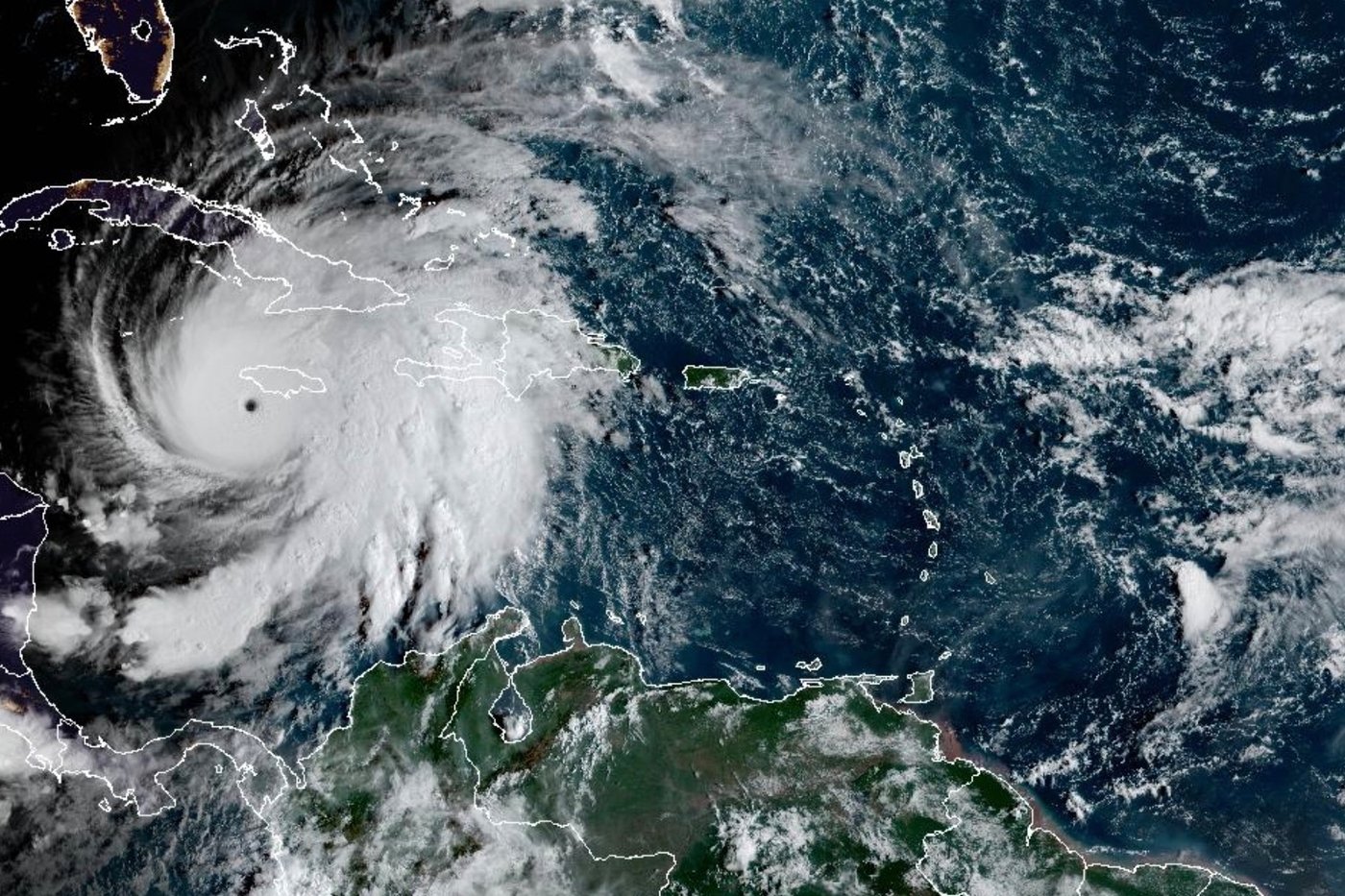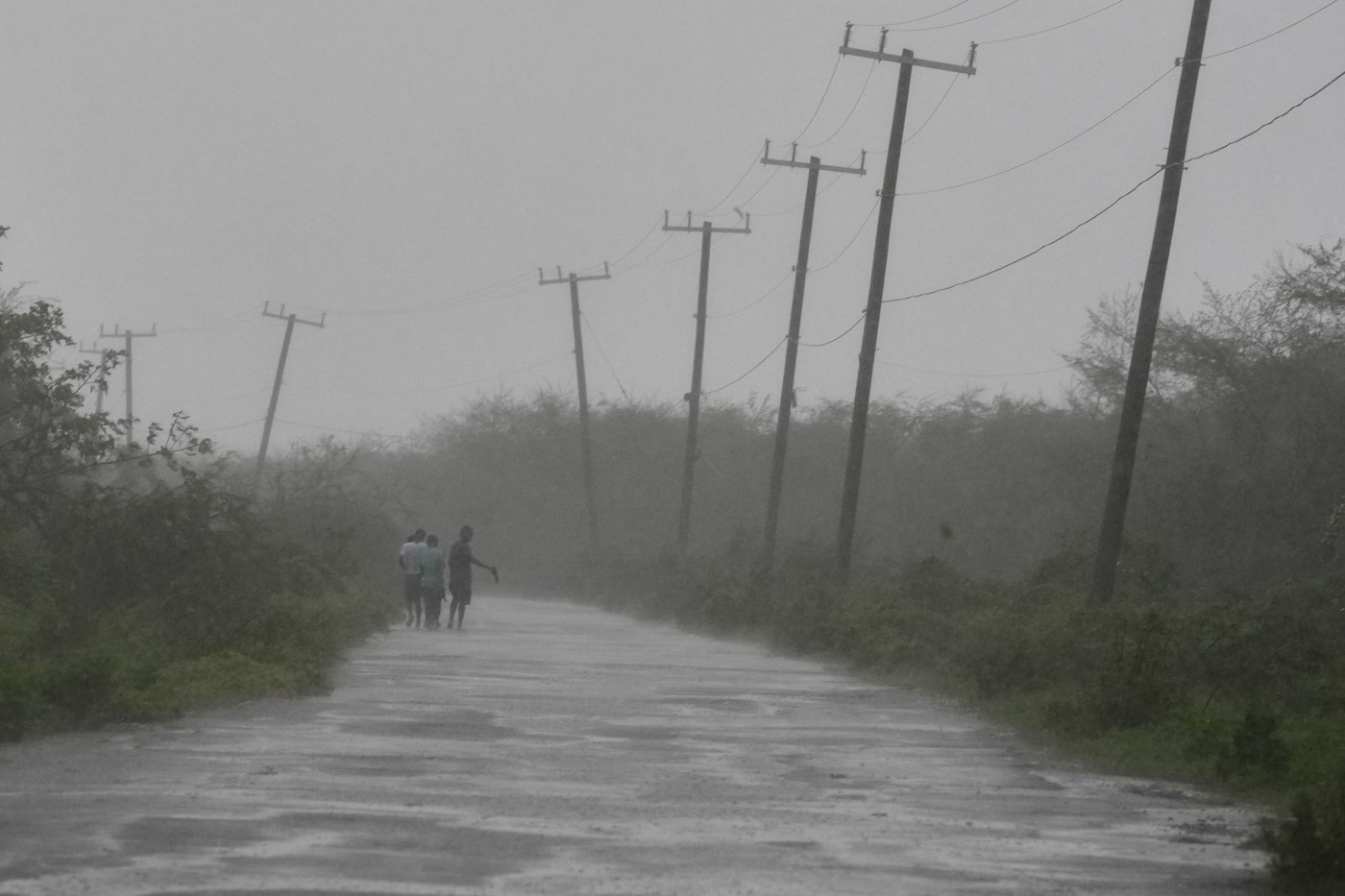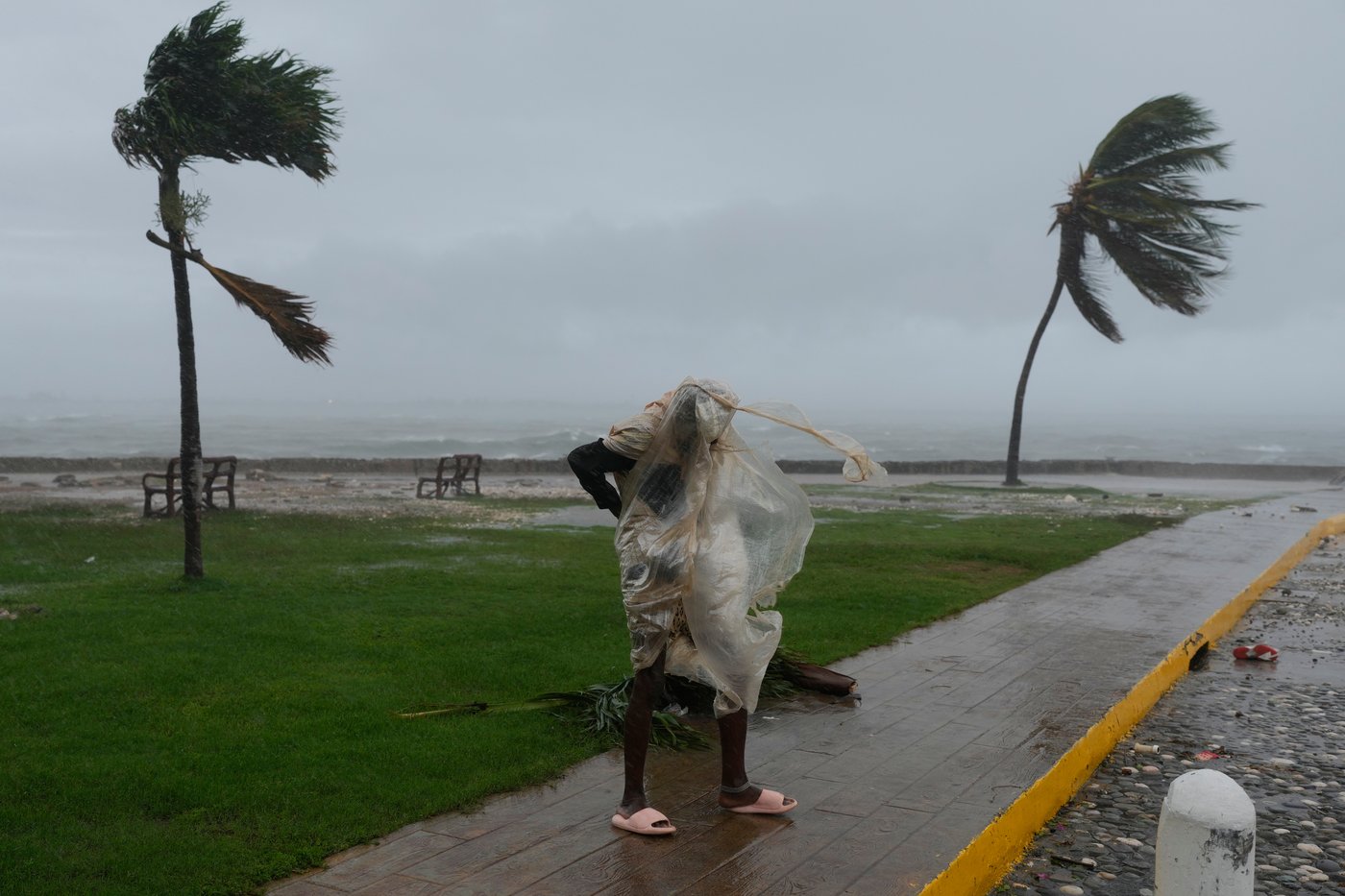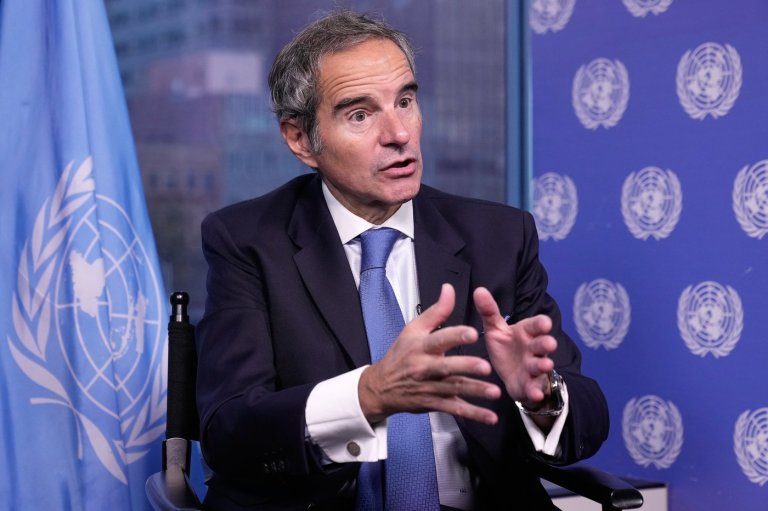What to know about Hurricane Melissa

Hurricane Melissa was making its way across Cuba on Wednesday as a Category 2 storm, a day after making landfall in Jamaica as one of the region’s strongest storms on record.
Melissa was forecast to move into the Bahamas later Wednesday, with Haiti, the Dominican Republic and the Turks and Caicos also bracing for its effects.
In southern Haiti, flooding from the storm killed 25 people in the coastal town of Petit-Goâve when a river burst its banks and swamped homes, Mayor Jean Bertrand Subrème said.
Authorities in Cuba had evacuated more than 735,000 people, President Miguel Díaz-Canel said on social media. Forecasters warned the storm would cause catastrophic damage in Santiago de Cuba — the country’s second-largest city —and nearby areas.
Melissa rapidly strengthened in recent days, making forecasting more difficult.
Here is what to know about the storm:
A record storm for Jamaica
Melissa was a Category 5 hurricane, the highest level, when it made landfall Tuesday in Jamaica. It was the strongest to hit the island since record-keeping began 174 years ago.
At least one death has been reported. Extensive damage was reported in parts of the northwest and southwest, including four damaged hospitals and more than half a million customers without power.
Melissa’s 185 mph (295 kph) winds and 892 millibars of central pressure tied two records for the strongest Atlantic storm on landfall. The pressure — the key measurement meteorologists use — tied 1935’s Labor Day hurricane in Florida, while wind speed tied a 1935 hurricane and 2019’s Hurricane Dorian, said hurricane scientists Phil Klotzbach of Colorado State University and Brian McNoldy of the University of Miami.
Other Caribbean nations at risk
The U.S. National Hurricane Center warned that catastrophic flash flooding and landslides also are possible in Cuba and Hispaniola, the island that Haiti and the Dominican Republic share.
The storm was expected to generate a surge of up to 12 feet (3.6 meters) in the region and drop up to 20 inches (51 centimeters) of rain in parts of eastern Cuba.
The NHC warned of 5 to 10 inches (13 to 26 centimeters) of rainfall with the potential for flash flooding in the southeastern Bahamas and the Turks and Caicos. Additional rainfall is expected in southern Hispaniola through Wednesday.
Rapid strengthening linked to climate change
Melissa reached tropical storm status last Tuesday and became a hurricane Saturday. It rapidly intensified into a Category 5 hurricane early Monday.
Climate scientists have linked warming ocean temperatures to hurricanes intensifying more quickly. Abnormally warm ocean waters of about 2 to 3 degrees Celsius (3.6 to 5.4 degrees Fahrenheit) above normal helped double Hurricane Melissa’s wind speed in less than 24 hours, scientists said.
Warmer temperatures also give hurricanes fuel to unleash more rain.
Scientists said Melissa is the fourth storm in the Atlantic this year to undergo rapid intensification. Storms that ramp up so quickly complicate forecasting and make it harder for government agencies and nonprofits to plan for emergencies.
___
The Associated Press’ climate and environmental coverage receives financial support from multiple private foundations. AP is solely responsible for all content. Find AP’s standards for working with philanthropies, a list of supporters and funded coverage areas at AP.org.


Join the Conversation!
Want to share your thoughts, add context, or connect with others in your community?
You must be logged in to post a comment.
















